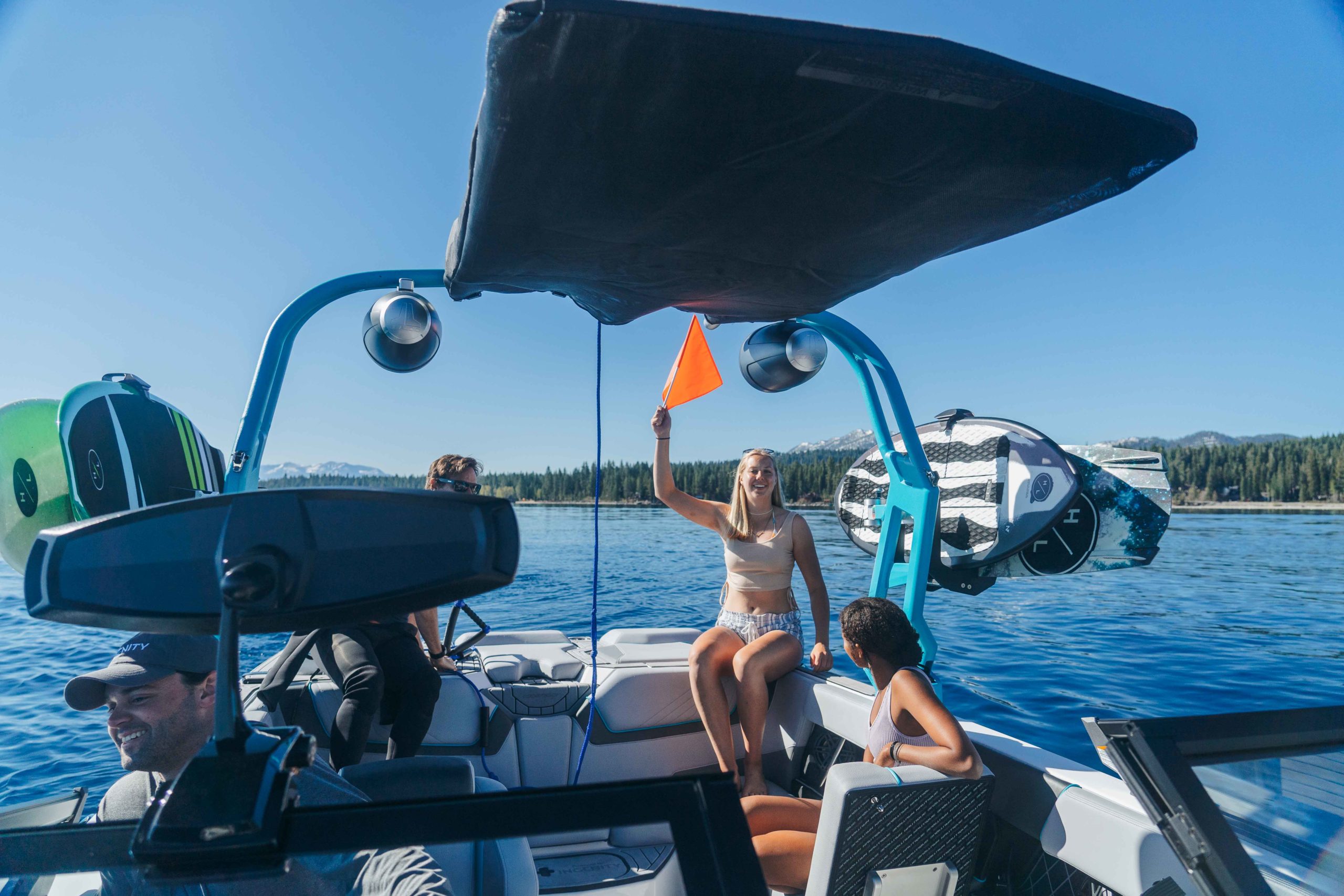No matter how much experience you have, it’s always a good idea for everyone to review boating safety rules and practices before leaving the dock. Below are a few safety tips to help you boat responsibly and enjoy your time on the water.
Follow us on Social For “Tips of the Waves”
Tune in to our social channels so you don’t miss out on our “Tips of the Waves” boater safety tips.
Follow us on Instagram Like us on Facebook Follow us on Twitter
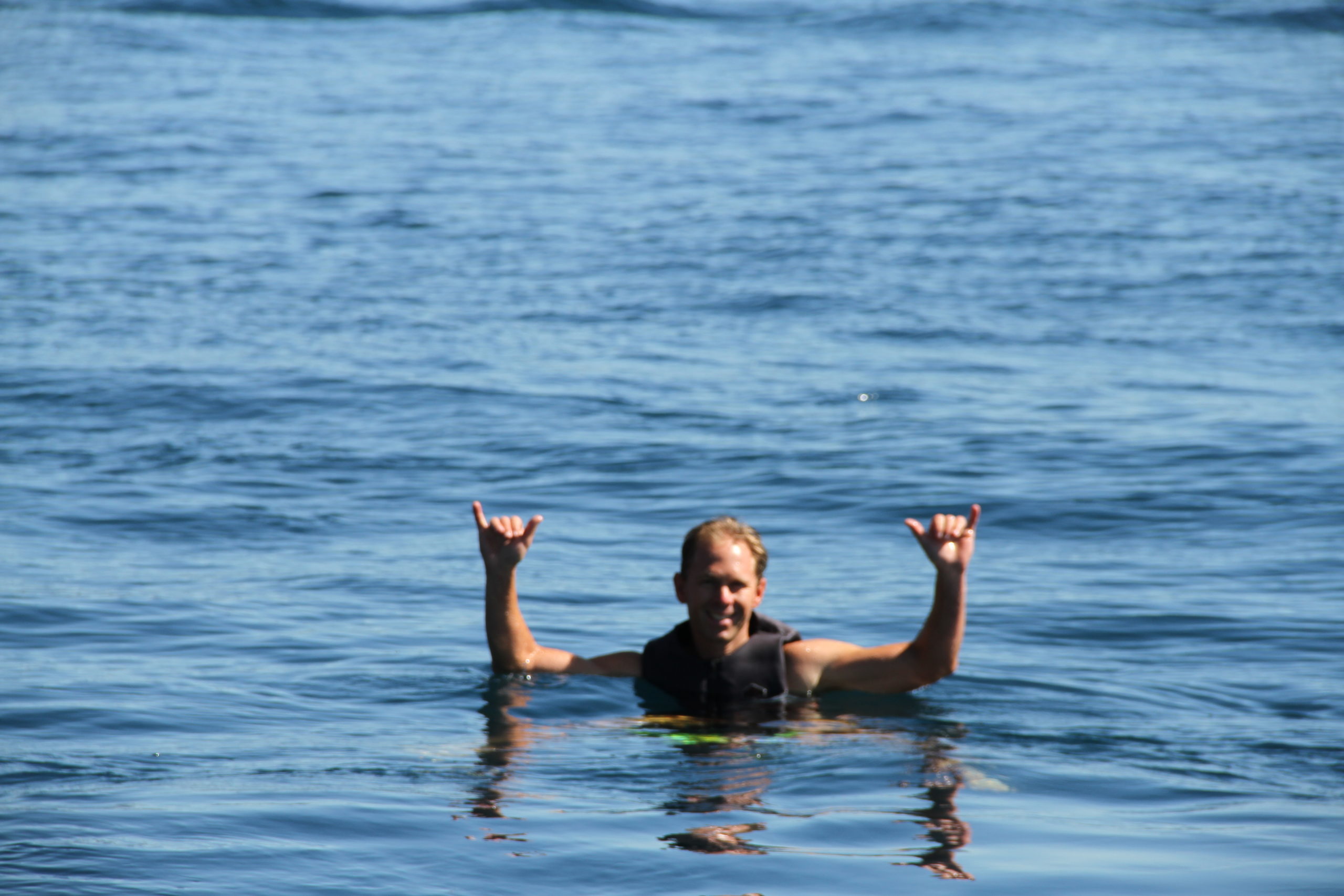
Assign and fit each member of your onboard team with a life jacket prior to departure. Regulations vary by state but children under 16 and all watersports riders should wear a life jacket on the water.
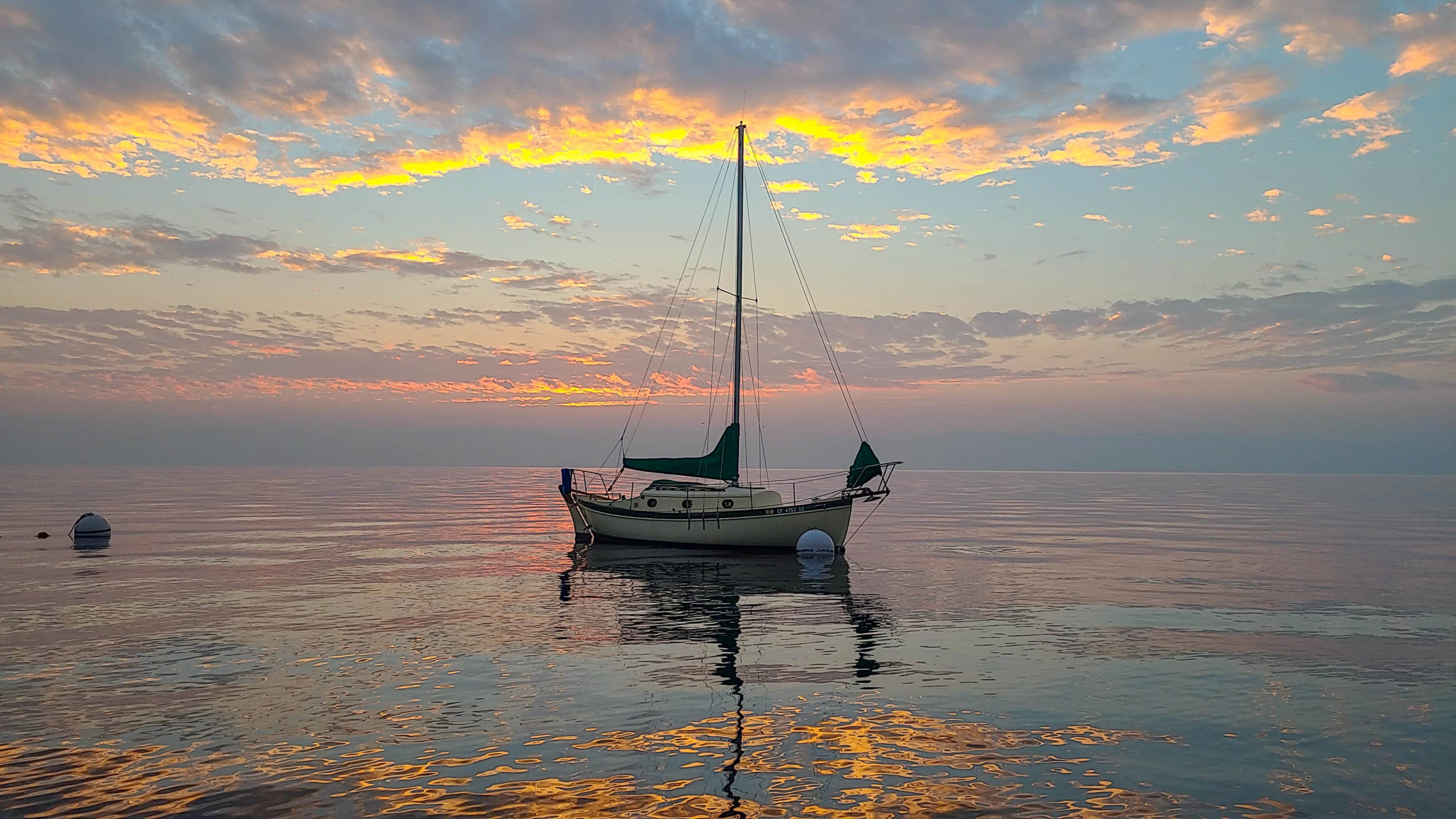
Whether you choose to inform a family member or a friend, let someone else know where you’re going and how long you’re going to be gone. A float plan can include the following information: name, address, and phone number of trip leader and passengers; boat type and registration information; trip itinerary; and, types of communication and signal equipment onboard.
Learn more about the float plan by visiting the United State Coast Guard Boating Website
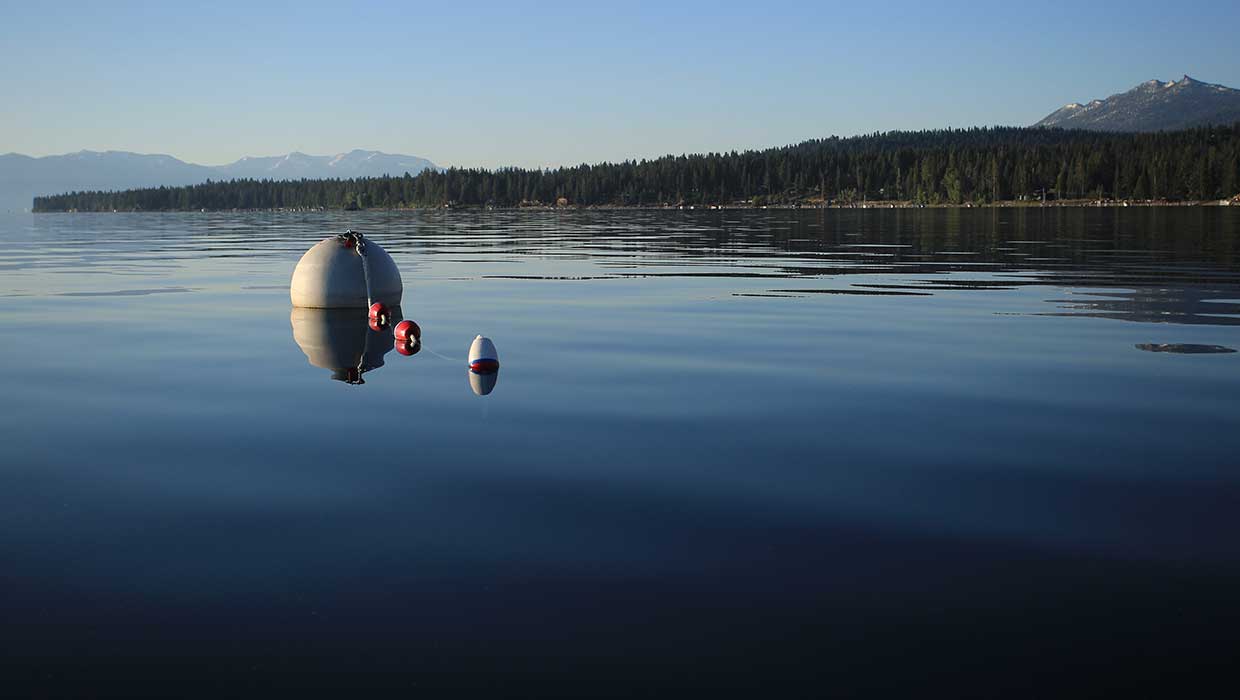
Maintain a proper lookout and be respectful of buoys and other navigational aids, all of which have been placed there to ensure your safety and the safety of the boats around you. Learn more by clicking the button below.
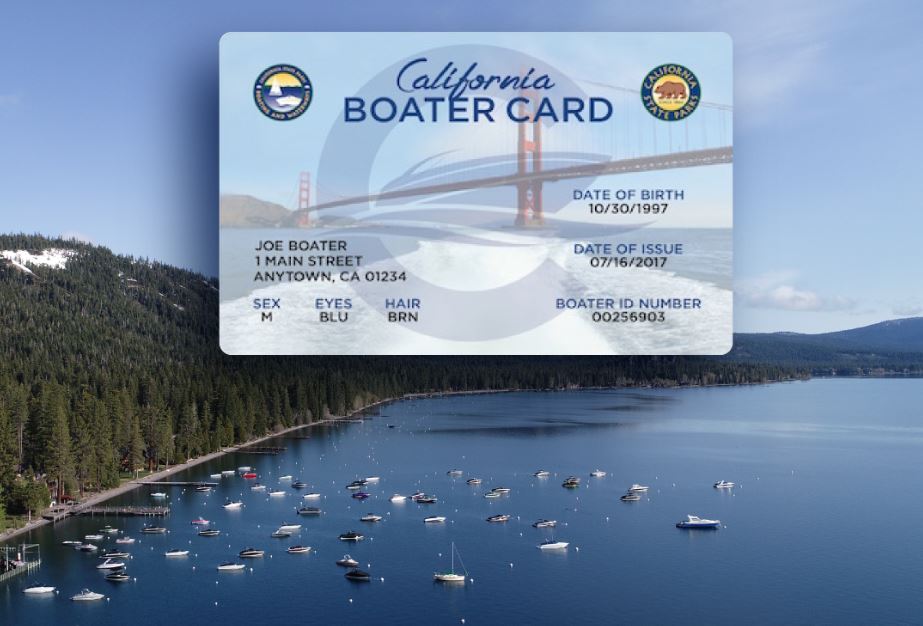
As of January 1, 2018, California began a phase-in-by-age law that requires all boat and PWC operators to pass a boater safety course and to carry the California boater card. The law is being phased in over several years. Operators 60 years of age or younger are required to carry the California Boater Card by January 1, 2024. To learn more about the California Boating Card please click the button below.
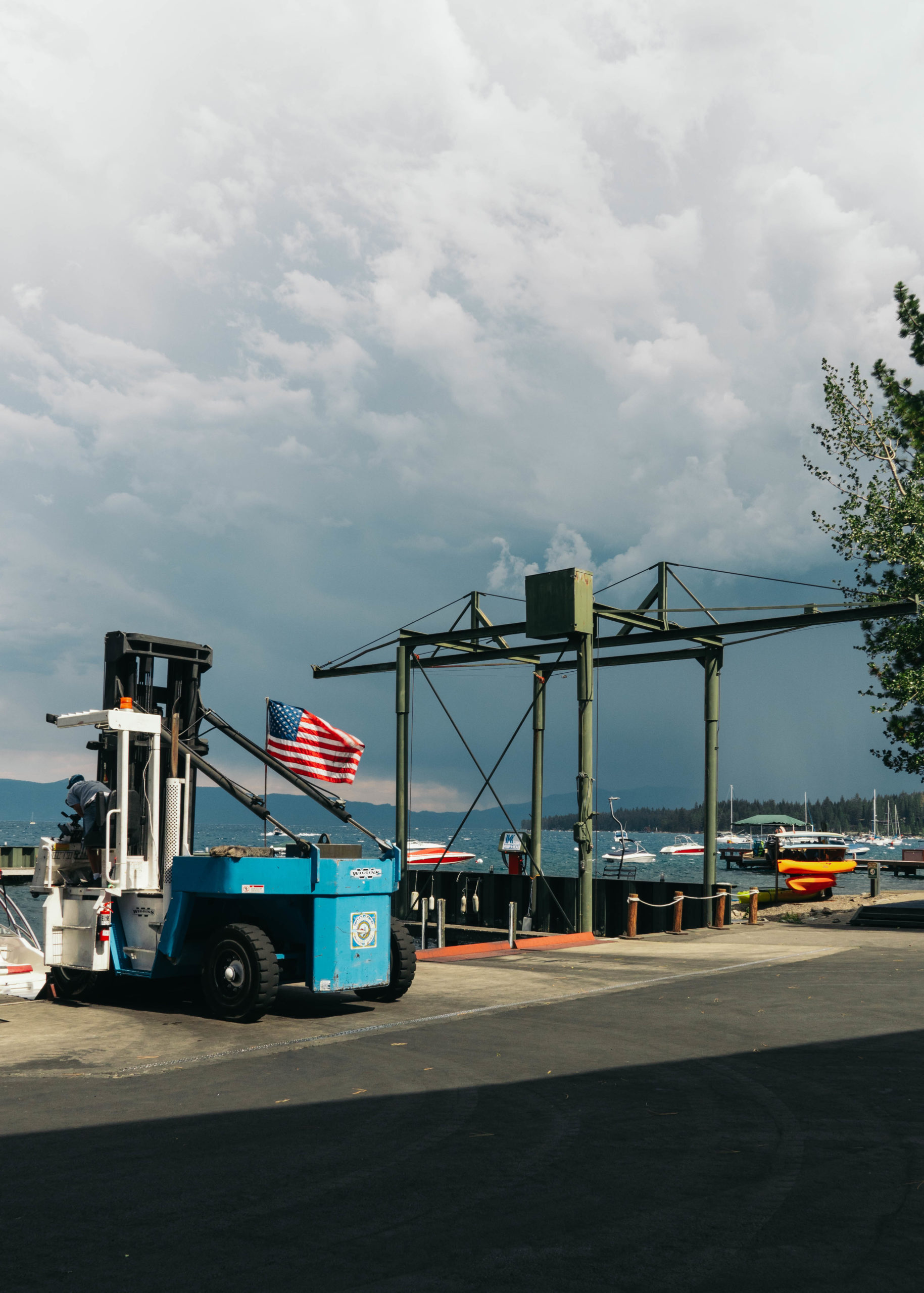
Always check local, route and destination weather and water conditions before departure and ensure it is safe to go out.
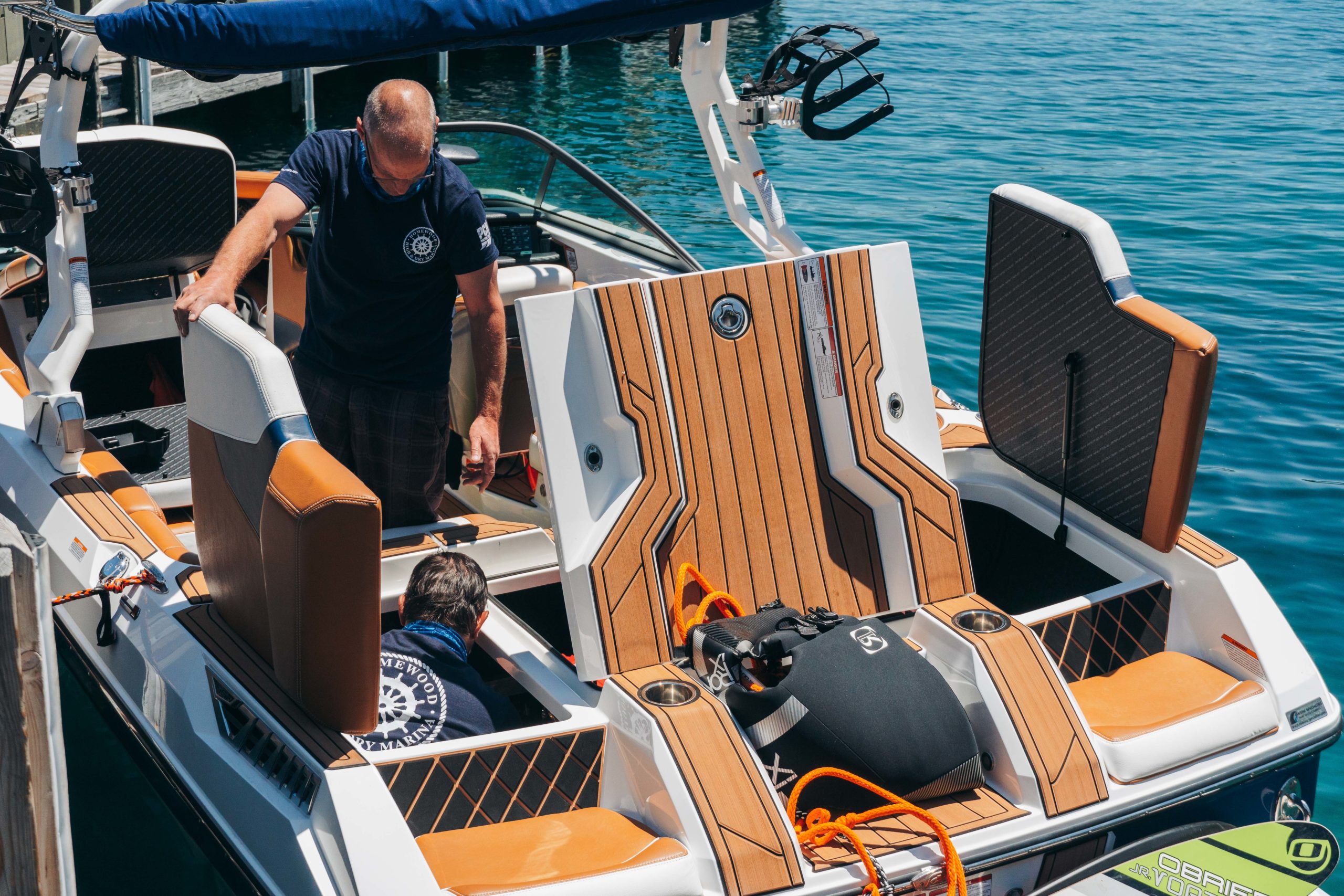
The National Marine Manufacturers Association says that you should maintain fresh air circulation throughout the boat. Educate all passengers about the symptoms of CO poisoning and where CO may accumulate. To learn more about CO poisoning click the button below.
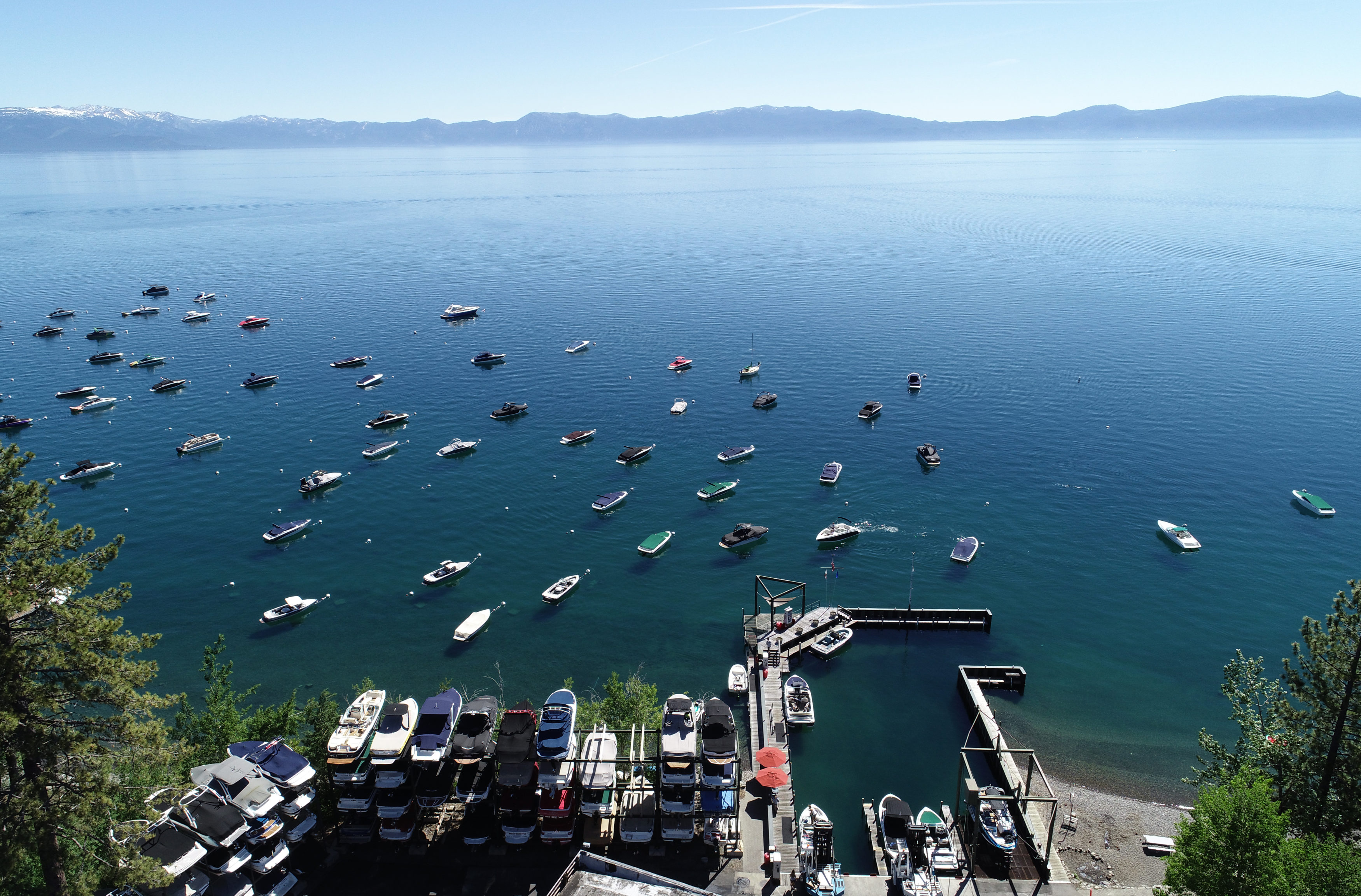
The National Marine Manufacturers Association recommends that one should never swim in a marina or in other areas where boats are connected to shore power. Stray power in the water can create an electric shock hazard.
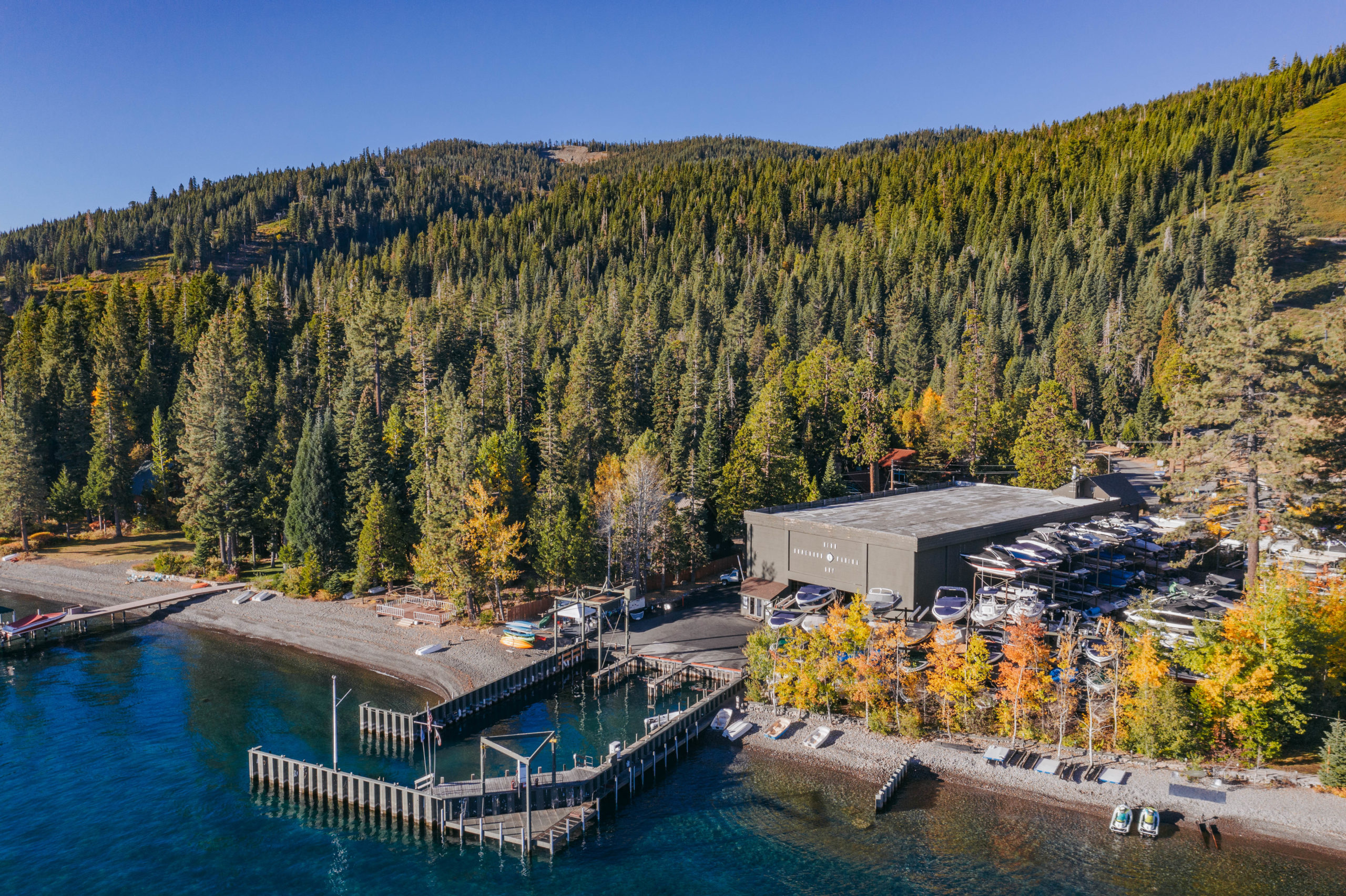
Operating a boat while intoxicated is illegal. Nearly half of all boating accidents involve alcohol—designate a sober skipper before leaving the dock. Learn more about alcohol and boating at the Sea Tow Foundation’s website.
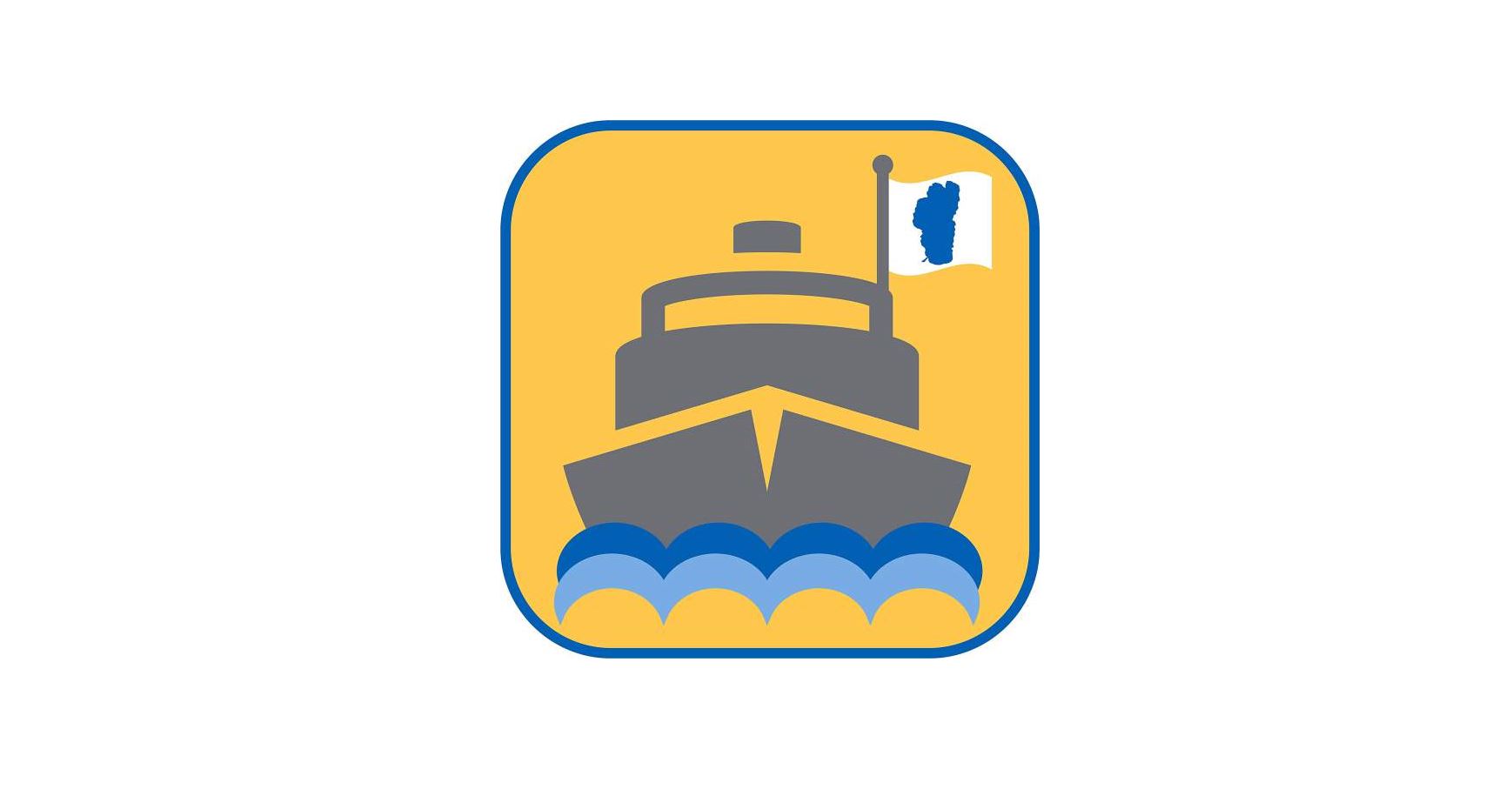
TRPA and partners are proud to bring you the Tahoe Boating app to inform boaters about Lake Tahoe, no-wake zone boundaries, area attractions, and how to enjoy the lake safely and responsibly. Lake Tahoe has no-wake zones to keep boaters, paddlers, and swimmers safe.
Safety Tips from the Pros
Tahoe Regional Planning Agency – Download the Tahoe Boating app
National Marine Manufacturers Association – Boating Safety Brochures and Digital Content
United States Coast Guard Boating – The Official Website of the U.S. Coast Guard’s Boating Safety Division
Sea Tow Foundation – Website for Boating Safety and Education
National Weather Service – Check the current weather forecast from National Oceanic and Atmospheric Administration
Boat California – Download the BoatCA app
California Boater Card – FAQ’s about the California Boat Card

